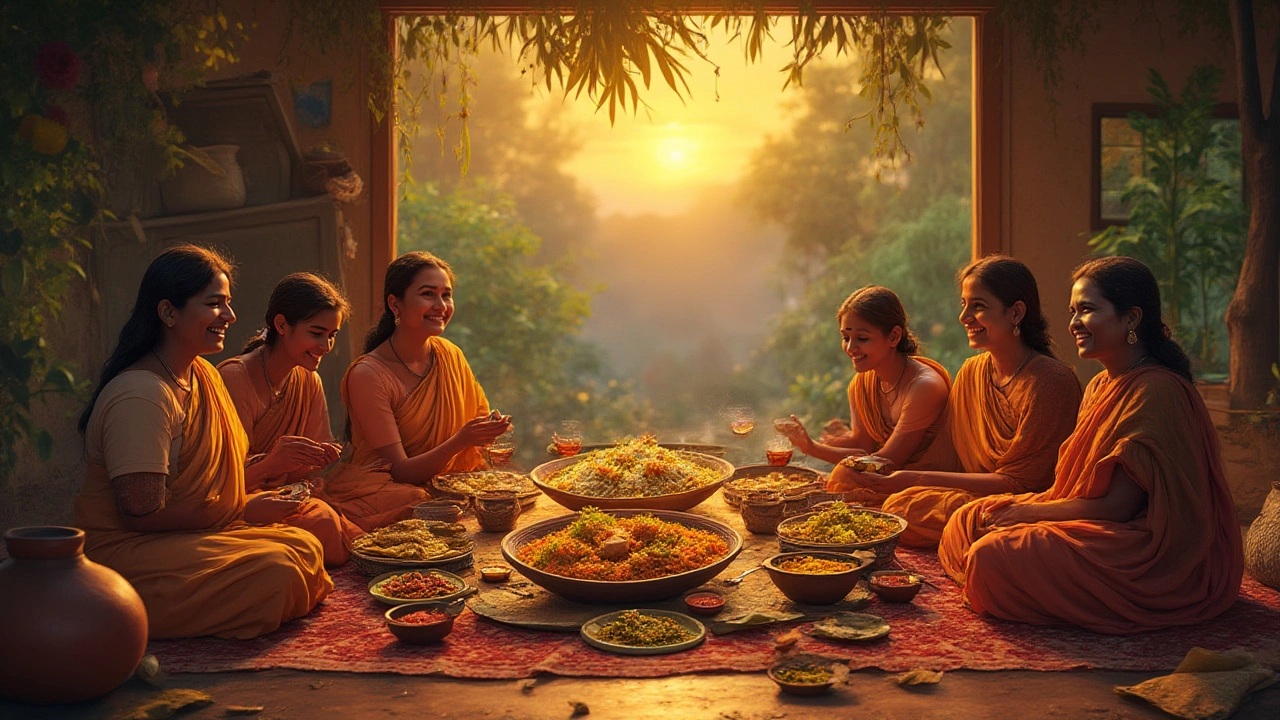Ayurveda Diet Made Simple: What to Eat and When
If you’ve heard about the Ayurveda diet but feel overwhelmed, you’re not alone. It’s basically a way of eating that matches food to your body’s natural rhythm. The goal is to keep your digestion smooth, your energy steady, and your mood calm. Below you’ll find practical steps you can start using today, no fancy ingredients required.
Pick Foods That Fit Your Dosha
Ayurveda splits people into three doshas – Vata, Pitta, and Kapha – each with its own preferences. Vata types feel best with warm, moist foods like cooked grains, stews, and ghee. Pitta types thrive on cooling foods such as cucumber, cilantro, and sweet fruits. Kapha types benefit from light, spicy meals like ginger tea, barley, and legumes. You don’t need a full dosha test; just notice which foods leave you feeling light versus heavy.
Mindful Meal Timing and Portion Size
Eat your biggest meal midday when your digestive fire (agni) is strongest. Breakfast can be light – think warm oatmeal or spiced rice. Dinner should be the smallest meal, finished at least three hours before bedtime. Portion control matters: aim for a plate that’s half veggies, a quarter protein, and a quarter whole grains. This balance keeps energy steady and prevents that late‑night slump.
Spices are the secret sauce of an Ayurveda diet. Turmeric, cumin, coriander, and fennel not only add flavor but also aid digestion. A pinch of ginger in your tea or a sprinkle of cinnamon on fruit can boost your agni without extra calories.
Hydration works differently too. Warm water or herbal teas are preferred over icy drinks, especially in the morning. Sip slowly; it helps the stomach wake up gently. If you crave something cold, add a splash of lemon to warm water instead of reaching for soda.
Snacking? Keep it simple. A handful of soaked almonds, a piece of fresh fruit, or a small bowl of kichari (a rice‑lentil mash) satisfies cravings without overloading your system. Avoid processed snacks that are high in sugar or artificial flavors – they can disturb your dosha balance.
Don’t forget to eat mindfully. Sit down, chew slowly, and put away screens. When you pay attention to taste and texture, you naturally eat less and enjoy your food more. This habit ties directly into the calming effect Ayurveda promises.
Finally, be flexible. Your dosha can shift with the seasons, stress, or age. If a diet plan feels off, tweak it – add more warm soups in winter, or fresh salads in summer. The Ayurveda diet isn’t a rigid rulebook; it’s a guide that helps you listen to your body and make better food choices every day.

Best Ayurvedic Dinner Foods: What to Eat at Night for Health & Digestion
Curious about what Ayurveda suggests as the best dinner? Discover simple, real-world food ideas, science-backed eating tips, and how to make your evening meal lighter and healthier.




